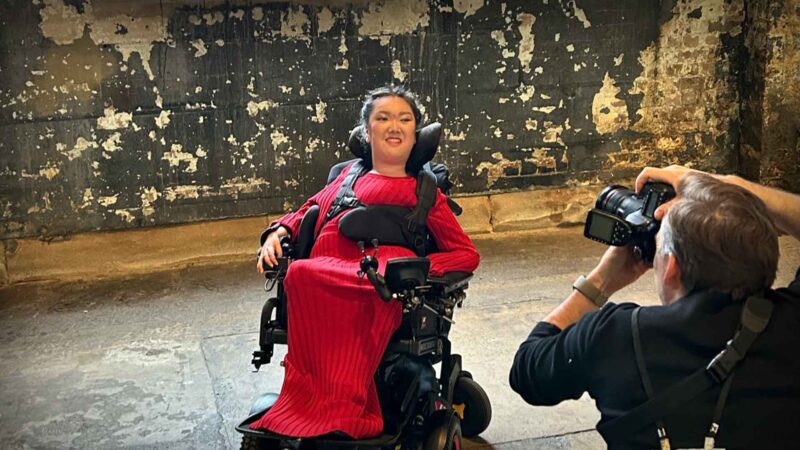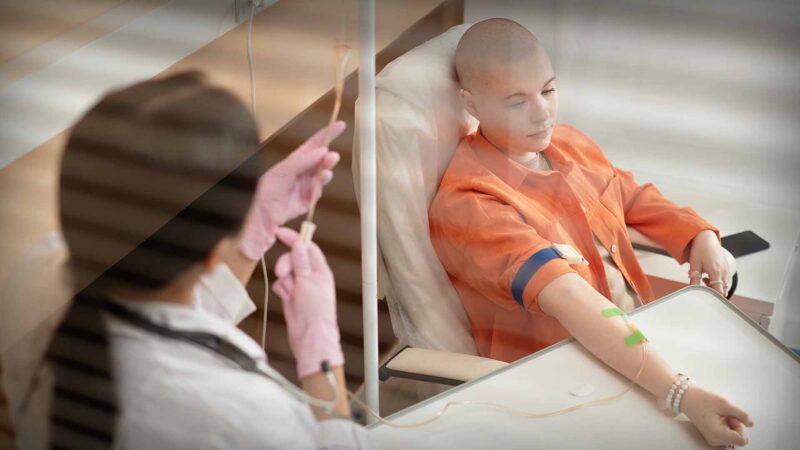PROJECT CASE STUDY Lower back pain presentations in ED
Central Adelaide Local Health Network (CALHN)
With
Professor Anne Burke, Lead
South Australian Chronic Pain Statewide Clinical Network
Commission on Excellence and Innovation in Health &
Co-Director, Psychology and Allied Health Lead,
Central Adelaide Local Health Network
Joseph Orlando, Physiotherapist
Central Adelaide Local Health Network &
PhD Candidate, University of South Australia
PROJECT CASE STUDY SEGMENT
Filmed in Adelaide | November 2025
Around 70 percent of people will experience lower back pain at some stage of their lives.
A recent study conducted over five years found one in three people suffering from lower back pain presented to hospital via an ambulance.
In many cases people will attend an emergency department when they feel they can’t manage their pain or when treatments by community healthcare services have been ineffective or inaccessible due to location or cost. However, 90 per cent of people can get better on their own in a few weeks.
Professor Anne Burke, Lead, South Australian Chronic Pain Statewide Clinical Network, says the data found in an emergency department setting, people with lower back pain receive biomedical care that is delivered at a high cost, with a high impact to the system, but ‘likely provides limited benefit to the patient’.
“While emergency departments will always be there to assist with severe pain or life-threatening situations, early community-based intervention is often far more effective for lower back pain,’’ she says.
The South Australian Chronic Pain Statewide Clinical Network within the Commission on Excellence and Innovation in Health has redesigned the pathways for lower back pain-related care.
The SA Health Urgent Care Hubs at Woodville and Sefton Park have partnered to provide more options for the timely care of lower back pain outside of the emergency department. This includes physiotherapist digital support, via a recently launched website, at home during the recovery period.
A review is also being done in conjunction with the South Australian Ambulance Service to investigate how lower back pain is managed by its responders.
Central Adelaide Local Health Network Physiotherapist, Joseph Orlando, says the project was designed to develop trusted evidence and support to the community in understanding and managing pain.
“Very few cases of lower back pain are related to serious pathology,’’ says Mr Orlando.
“The Optimal System of Care for Low Back Pain, which was developed by the South Australian Chronic Pain Statewide Clinical Network in consultation with industry and consumer partners, is designed to bridge the gap between the emergency department and community-based care.”
The study into back pain cases in South Australia was led by senior allied health staff within the Central Adelaide Local Health Network, the Commission on Excellence and Innovation in Health and the University of South Australia, with funding support from the Allied and Scientific Health Office.
Source: Central Adelaide Local Health Network website
You Might also like
-
Accessibility Co-design and adoption Consumer involvement New Content Patient Experience People in healthcare
Lived experience & human-centred design in healthcare
Recognised as one of the Top 100 Women of Influence by The Australian Financial Review, Melanie Tran is a visionary leader whose work lies at the intersection of design, technology, health, disability, and education. With a focus on human-centred design, digital strategy, and service design, she leads transformative initiatives as a Manager in Design, Digital and Data at Nous Group, a global consulting firm. Her work is driven by a deep passion for using creativity and technology to solve complex social challenges.
-
Mission to raise awareness of sarcoma and need for clinical trial funding
Sarcoma, a rare and aggressive cancer, remains the deadliest cancer for children and young adults, accounting for nearly one third (30%) of cancer-related deaths among those aged 15–24 and one tenth (10%) of those aged 0–14. Further, still severely under-diagnosed, sarcoma only accounts for one sixth (15%) of all cancer diagnoses in the 15 – 24 age group, and less than a tenth (8%) among children under 10.
-
HIGHLIGHTS Consumers and communities as agents of health care change and improvement
Policymakers, health administrators and clinicians must learn and embrace new ways to harness the transformative role consumers, community members and carers can play. Conversely, consumers and communities need support, capability and capacity to engage as equals in policy, research, program and service design. This is necessary if are to be less technocratic and realise the vision where all members of society can live the best life possible.



